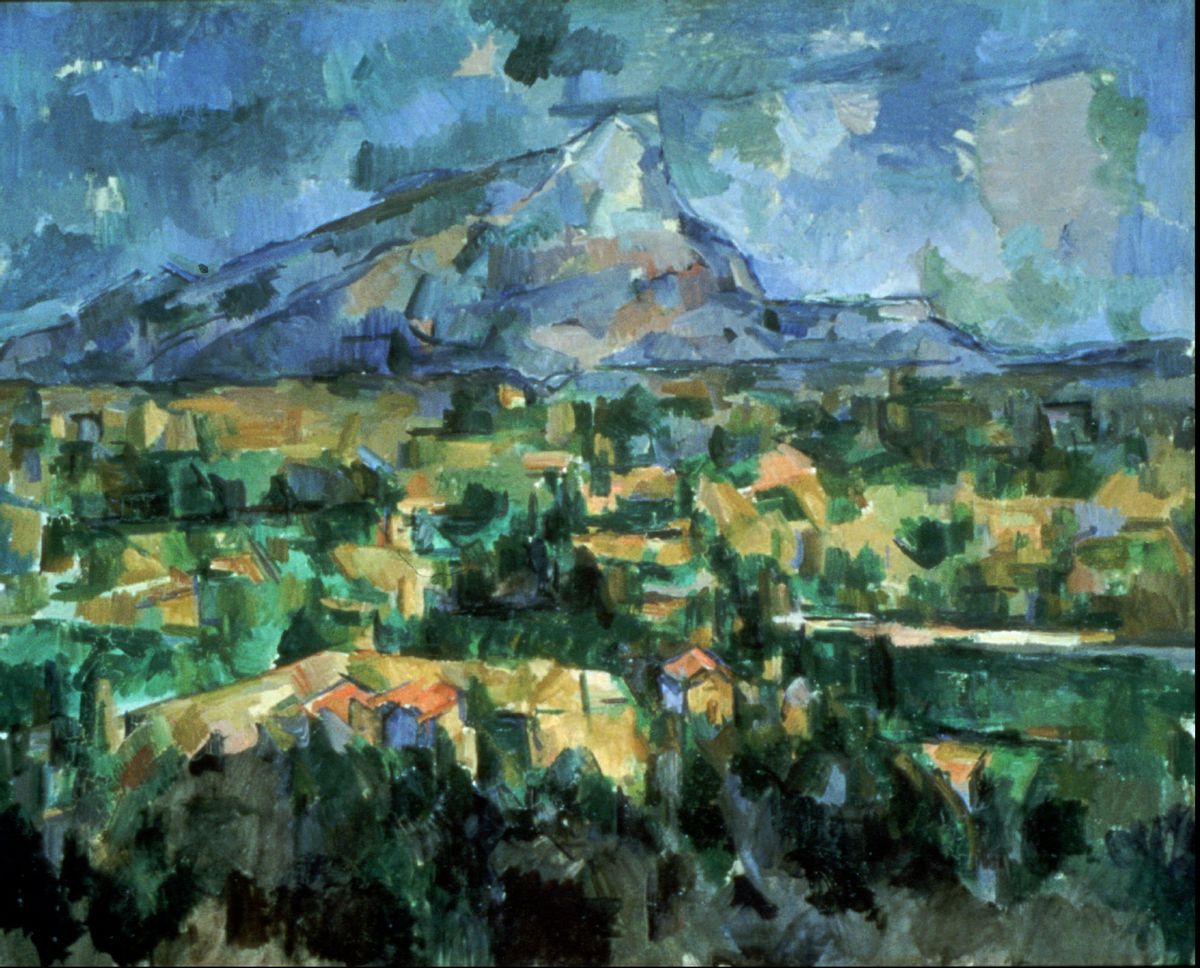 Great art is often said to be universal. But when we read, hear, or see a work that strikes a chord within us, the experience feels intensely personal.
Great art is often said to be universal. But when we read, hear, or see a work that strikes a chord within us, the experience feels intensely personal.
Although the artist may live on the other side of the world, or even have died centuries ago, he or she seems to be speaking directly to us.
So what’s behind this striking sense of connectedness? A trio of brain researchers believes it has found an answer.
“Certain artworks, albeit unfamiliar, may be so well-matched to an individual’s unique makeup that they obtain access to the neural substrates concerned with the self—access which other external stimuli do not get,” writes a research team led by Edward Vessel of New York University’s Center for Brain Imaging.
Vessel and his colleagues have discovered that the default mode network—a web of brain regions that is active in periods of rest or rumination, but suppressed when we’re actively dealing with the world—is stimulated when we encounter certain artworks that resonate with our sense of self.
This activation allows the poem, play, or painting “to interact with the neural processes related to the self, affect them, and possibly even be incorporated into them,” the researchers write in the journal Frontiers in Neuroscience. “This account is consistent with the modern notion that individuals’ taste in art is linked with their sense of identity.”
Vessel and his colleagues collected a group of 16 people, put them in fMRI scanners to measure activity in different parts of the brain, and showed them a set of 109 artworks. The pieces, which represented a variety of styles and were created from the 15th to the 20th century, “were not commonly reproduced, and were therefore novel to our observers,” they note.
Participants were asked to rate how much each image moved them on a one-to-four scale. The instructions emphasized that the ranking should reflect their personal, individual response to each piece.
“Responses were indeed highly individual,” the researchers report. “On average, each image was rated as highly moving by one subset of observers, and rated poorly by another.” The top rating of four was only given about 17 percent of the time, suggesting most participants reserved it for pieces that struck them as rare and special.
As they considered most of the artworks—the ones they rated one, two, or three—the participants’ default mode network remained suppressed, as would be expected. But for works rated four, activity in those brain areas “started recovering” soon after the image appeared, “and then continued to rise above the baseline.”
“In the small subset of trials that observers rated as ‘highly moving,’ default mode network regions—and in particular, the medial prefrontal cortex—were released from deactivation,” the researchers explain. This activity in the brain region linked to introspection and self-referential thought suggests “self-relevance is an integral aspect of intensely moving aesthetic experiences.”
Now, the ways in which a particular artwork forms a match with our personal identity remain mysterious. But this discovery does explain why so many established artists have fans who worship them, while other, equally sophisticated people can take or leave their work.
It seems beauty really is in the eye—or, more accurately, the brain—of the beholder.

Shares